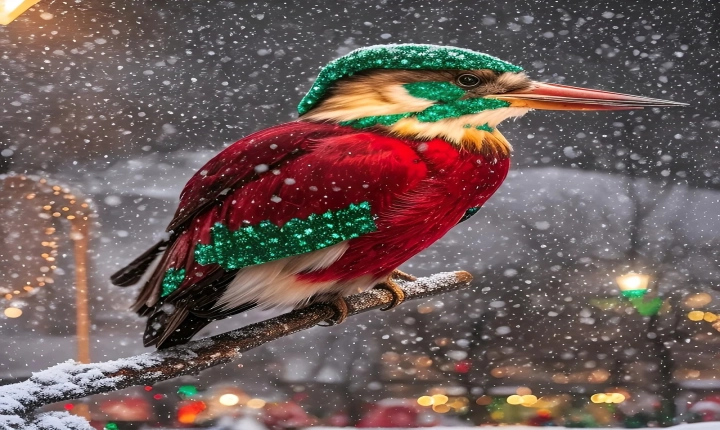Title: Can Generative AI Create Videos?
Videos have become an integral part of modern communication, marketing, and entertainment. With the advancements in artificial intelligence, particularly generative AI, the question arises: can AI create videos? Generative AI refers to a type of AI that can generate content, including images, music, and potentially videos, using training data and algorithms. Let’s delve into the capabilities and implications of generative AI in video creation.
Generative AI has shown impressive abilities in other creative domains, such as generating realistic images and composing music. However, creating videos presents unique challenges due to the complexity of motion, scene composition, and narrative coherence. That said, recent developments in machine learning and deep learning have enabled generative AI models to venture into video creation.
One of the fundamental tasks in video creation is the generation of realistic and coherent motion. Generative AI algorithms, such as Generative Adversarial Networks (GANs) and Variational Autoencoders (VAEs), have made significant progress in generating realistic visual patterns. This has allowed AI to manipulate and synthesize video content, leading to applications in video interpolation, style transfer, and even deepfake technology.
Furthermore, generative AI can assist in video editing and post-production tasks, such as color grading, scene transition generation, and visual effects. By analyzing vast amounts of video data, AI models can learn to understand visual aesthetics and produce compelling video content.
However, the capability of generative AI to create fully-fledged narrative videos with complex storytelling and emotional depth remains a challenge. While AI can generate individual scenes, assembling these into a cohesive and engaging narrative that resonates with human emotions and experiences requires a level of creativity and understanding that AI currently lacks. This limitation raises questions about the ethical and artistic implications of relying solely on AI for video creation.
Another consideration is the potential misuse of generative AI in video production. Deepfake technology, which leverages generative AI to manipulate videos and create misleading content, has raised concerns about misinformation and its impact on society. As AI video generation tools become more accessible, ensuring ethical use and preventing malicious intent will be critical.
Despite the challenges and ethical considerations, generative AI has the potential to revolutionize video production by automating tedious tasks, enhancing creative workflows, and enabling new forms of visual expression. Additionally, it can empower creators by providing tools for rapid prototyping and exploring unconventional visual ideas.
In conclusion, while generative AI has made remarkable strides in video creation, there are still considerable hurdles to overcome, particularly in the realms of storytelling, emotional resonance, and ethical use. As technology continues to advance, the collaboration between human creativity and AI capabilities will likely define the future of video production. Generative AI can be a powerful ally in video creation, but the role of human creativity, ethics, and artistic intent should remain paramount in shaping the video landscape.
